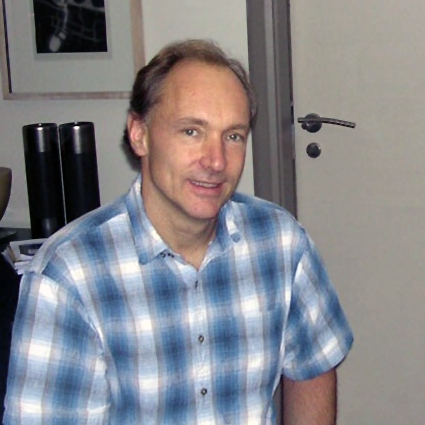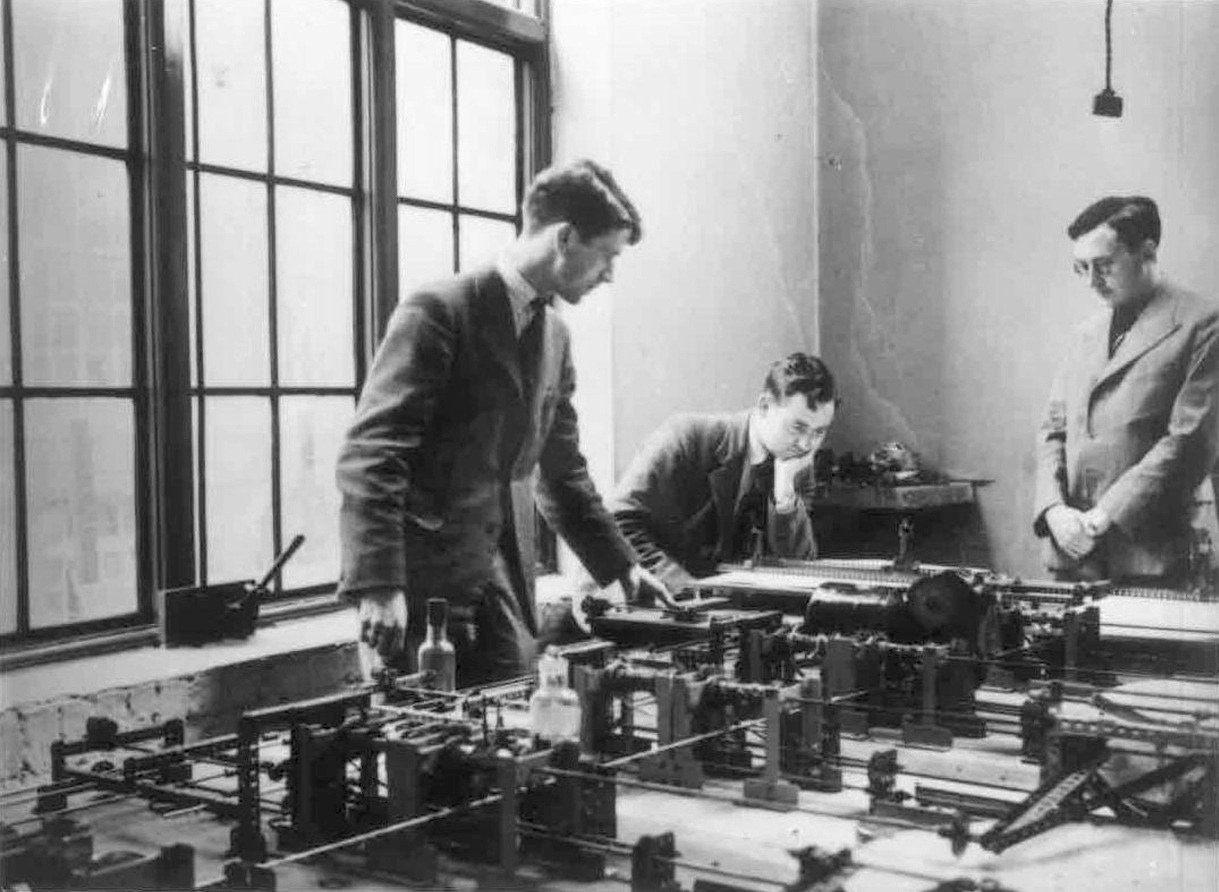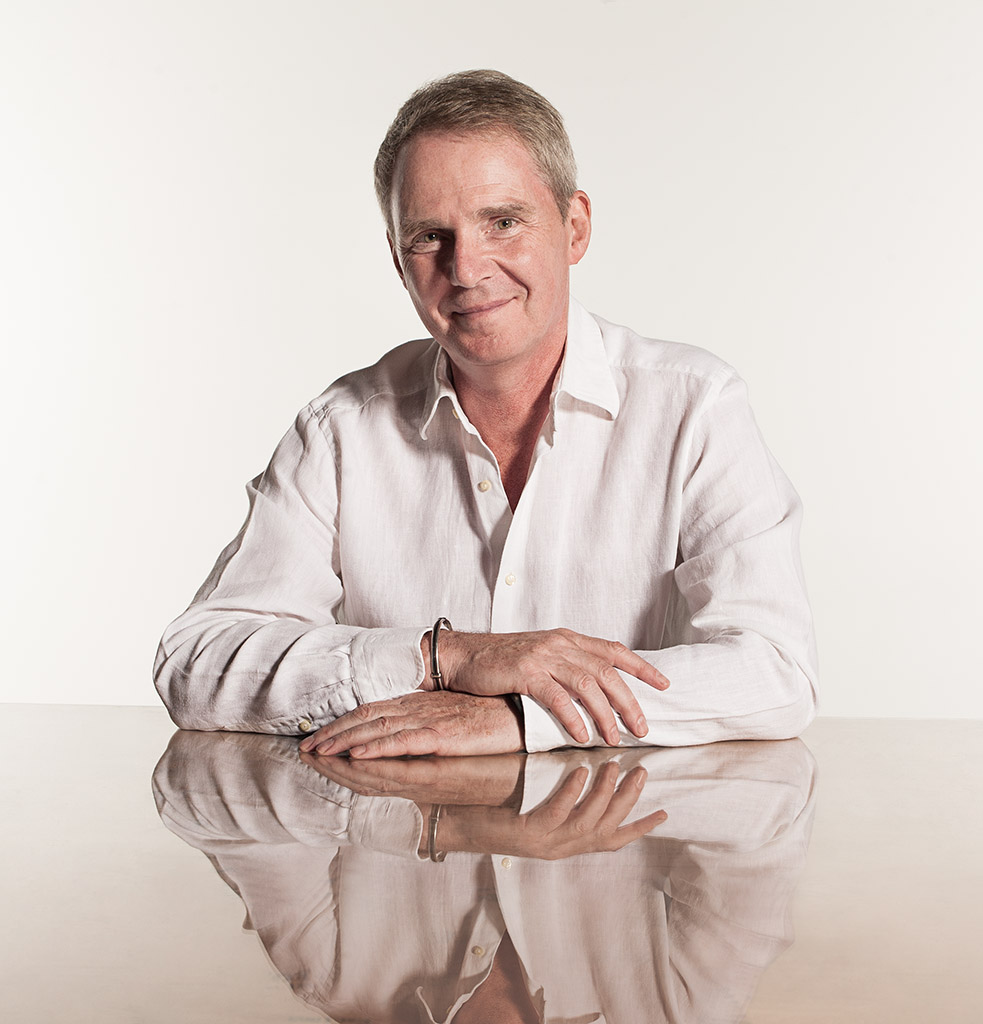|
DFBCS
Distinguished Fellow of the British Computer Society (DFBCS or DistFBCS) is an award and fellowship granted by the British Computer Society for members of the computing profession who have made an outstanding contribution to the advancement of computing. The Distinguished Fellowship of BCS is awarded under bylaw 7 of the BCS's Royal Charter. Trustee Board Regulation 1.2 specifies that the award may be made even if the individual in question is not already a member of BCS and may not be eligible for any other class of membership. The award was first approved in 1969 and the first election was made in 1971 to Edsger W. Dijkstra. The nominations committee is responsible for identifying and proposing suitable candidates. The actual election of such members of the profession is made by a resolution of the trustee board on the recommendation of the president. Fellowship criteria Any candidate for Distinguished Fellowship should be considered against the following criteria: * The con ... [...More Info...] [...Related Items...] OR: [Wikipedia] [Google] [Baidu] |
Steve Furber
Stephen Byram Furber (born 21 March 1953) is a British computer scientist, mathematician and hardware engineer, currently the ICL Professor of Computer Engineering in the Department of Computer Science at the University of Manchester, UK. After completing his education at the University of Cambridge ( BA, MMath, PhD), he spent the 1980s at Acorn Computers, where he was a principal designer of the BBC Micro and the ARM 32-bit RISC microprocessor. , over 100 billion copies of the ARM processor have been manufactured, powering much of the world's mobile computing and embedded systems.Steve Furber's In 1990, he moved to Manchester to lead research into asynchronous systems, low-power electronics and neural engineering, where the Spiking Neural Network Architecture (SpiNNaker) project is delivering a computer incorporating a million ARM processors optimised for computational neuroscience. [...More Info...] [...Related Items...] OR: [Wikipedia] [Google] [Baidu] |
Tim Berners-Lee
Sir Timothy John Berners-Lee (born 8 June 1955), also known as TimBL, is an English computer scientist best known as the inventor of the World Wide Web. He is a Professorial Fellow of Computer Science at the University of Oxford and a professor at the Massachusetts Institute of Technology (MIT). Berners-Lee proposed an information management system on 12 March 1989, then implemented the first successful communication between a Hypertext Transfer Protocol (HTTP) client and server via the Internet in mid-November. Berners-Lee is the director of the World Wide Web Consortium (W3C), which oversees the continued development of the Web. He co-founded (with his then wife-to-be Rosemary Leith) the World Wide Web Foundation. He is a senior researcher and holder of the 3Com founder's chair at the MIT Computer Science and Artificial Intelligence Laboratory (CSAIL). He is a director of the Web Science Research Initiative (WSRI) and a member of the advisory board of the MIT Center f ... [...More Info...] [...Related Items...] OR: [Wikipedia] [Google] [Baidu] |
Maurice Wilkes
Sir Maurice Vincent Wilkes (26 June 1913 – 29 November 2010) was a British computer scientist who designed and helped build the Electronic Delay Storage Automatic Calculator (EDSAC), one of the earliest stored program computers, and who invented microprogramming, a method for using stored-program logic to operate the control unit of a central processing unit's circuits. At the time of his death, Wilkes was an Emeritus Professor at the University of Cambridge. Early life, education, and military service Wilkes was born in Dudley, Worcestershire, England the only child of Ellen (Helen), née Malone (1885–1968) and Vincent Joseph Wilkes (1887–1971), an accounts clerk at the estate of the Earl of Dudley. He grew up in Stourbridge, West Midlands, and was educated at King Edward VI College, Stourbridge. During his school years he was introduced to amateur radio by his chemistry teacher. He studied the Mathematical Tripos at St John's College, Cambridge fro ... [...More Info...] [...Related Items...] OR: [Wikipedia] [Google] [Baidu] |
Gene Amdahl
Gene Myron Amdahl (November 16, 1922 – November 10, 2015) was an American computer architect and high-tech entrepreneur, chiefly known for his work on mainframe computers at IBM and later his own companies, especially Amdahl Corporation. He formulated Amdahl's law, which states a fundamental limitation of parallel computing. Childhood and education Amdahl was born to immigrant parents of Norwegian and Swedish descent in Flandreau, South Dakota. After serving in the Navy during World War II he completed a degree in engineering physics at South Dakota State University in 1948. He went on to study theoretical physics at the University of Wisconsin–Madison under Robert G. Sachs. However, in 1950, Amdahl and Charles H. "Charlie" Davidson, a fellow PhD student in the Department of Physics, approached Harold A. Peterson with the idea of a digital computer. Amdahl and Davidson gained the support of Peterson and fellow electrical engineering professor Vincent C. Rideout, who ... [...More Info...] [...Related Items...] OR: [Wikipedia] [Google] [Baidu] |
British Computer Society
Sir Maurice Wilkes served as the first President of BCS in 1957 BCS, The Chartered Institute for IT, known as the British Computer Society until 2009, is a professional body and a learned society that represents those working in information technology (IT) and computer science, both in the United Kingdom and internationally. Founded in 1957, BCS has played an important role in educating and nurturing IT professionals, computer scientists, computer engineers, upholding the profession, accrediting chartered IT professional status, and creating a global community active in promoting and furthering the field and practice of computing. Overview With a worldwide membership of 57,625 members as of 2021, BCS is a registered charity and was incorporated by Royal Charter in 1984. Its objectives are to promote the study and application of communications technology and computing technology and to advance knowledge of education in ICT for the benefit of professional practition ... [...More Info...] [...Related Items...] OR: [Wikipedia] [Google] [Baidu] |
Robin Milner
Arthur John Robin Gorell Milner (13 January 1934 – 20 March 2010), known as Robin Milner or A. J. R. G. Milner, was a British computer scientist, and a Turing Award winner.Obituary – Professor Robin Milner: computer scientist '''', 31 March 2010. Life, education and career Milner was born in , near , |
Tom Kilburn
Tom Kilburn (11 August 1921 – 17 January 2001) was an English mathematician and computer scientist. Over the course of a productive 30-year career, he was involved in the development of five computers of great historical significance. With Freddie Williams he worked on the Williams–Kilburn tube and the world's first electronic stored-program computer, the Manchester Baby, while working at the University of Manchester. His work propelled Manchester and Britain into the forefront of the emerging field of computer science. A graduate of Sidney Sussex College, Cambridge, Kilburn worked on radar at the Telecommunications Research Establishment (TRE) in Malvern under Frederic Calland Williams during the Second World War. After the war ended, he was recruited by Williams to work on the development of computers at the University of Manchester. He led the development of a succession of innovative Manchester computers that incorporated a host of ground-breaking innovations and ... [...More Info...] [...Related Items...] OR: [Wikipedia] [Google] [Baidu] |
Bill Gates
William Henry Gates III (born October 28, 1955) is an American business magnate and philanthropist. He is a co-founder of Microsoft, along with his late childhood friend Paul Allen. During his career at Microsoft, Gates held the positions of chairman, chief executive officer (CEO), president and chief software architect, while also being the largest individual shareholder until May 2014. He was a major entrepreneur of the microcomputer revolution of the 1970s and 1980s. Gates was born and raised in Seattle. In 1975, he and Allen founded Microsoft in Albuquerque, New Mexico. It became the world's largest personal computer software company. Gates led the company as chairman and CEO until stepping down as CEO in January 2000, succeeded by Steve Ballmer, but he remained chairman of the board of directors and became chief software architect. During the late 1990s, he was criticized for his business tactics, which have been considered anti-competitive. This opinion has be ... [...More Info...] [...Related Items...] OR: [Wikipedia] [Google] [Baidu] |
Grace Hopper
Grace Brewster Hopper (; December 9, 1906 – January 1, 1992) was an American computer scientist, mathematician, and United States Navy rear admiral. One of the first programmers of the Harvard Mark I computer, she was a pioneer of computer programming who invented one of the first linkers. Hopper was the first to devise the theory of machine-independent programming languages, and the FLOW-MATIC programming language she created using this theory was later extended to create COBOL, an early high-level programming language still in use today. Prior to joining the Navy, Hopper earned a Ph.D. in mathematics from Yale University and was a professor of mathematics at Vassar College. Hopper attempted to enlist in the Navy during World War II but was rejected because she was 34 years old. She instead joined the Navy Reserves. Hopper began her computing career in 1944 when she worked on the Harvard Mark I team led by Howard H. Aiken. In 1949, she joined the Eckert–Mauchly Co ... [...More Info...] [...Related Items...] OR: [Wikipedia] [Google] [Baidu] |
Iann Barron
Iann Marchant Barron (16 June 1936 – 16 May 2022) was a British computer engineer and entrepreneur. During vacation work in 1956–67 at Elliott Brothers while still at Cambridge he designed the Elliott 803. On leaving University he joined the Civil Service in 1958 as a Scientific Officer on special assignment first to the Army Operational Research Group, and in 1960 to the Air Ministry. He returned to the company now called Elliott Automation as a Project Leader for the Elliott 502 computer team, later becoming the company's Head of System Research. In 1965 Barron left Elliott Automation to become Founder and Managing Director of Computer Technology Limited, where the Modular One range of computer systems was developed. In the mid-1970s he formed a new company, Microcomputer Analysis Ltd, which offered consultancy on microprocessors to the semiconductor industry. This brought him into contact with two eminent American semiconductor specialists, Richard Petritz and ... [...More Info...] [...Related Items...] OR: [Wikipedia] [Google] [Baidu] |
Warren East
(David) Warren Arthur East (born 27 October 1961) is the former chief executive officer (CEO) of Rolls-Royce Holdings, a leading UK-based engine manufacturer. He previously held senior positions at ARM Holdings and Texas Instruments. Education East attended Monmouth School and earned a bachelor's degree in engineering science from Wadham College, Oxford. He went on to earn a Master of Business Administration (MBA) degree from Cranfield School of Management at Cranfield University. Career After 11 years with the chip maker Texas Instruments, East left in 1994 to join ARM Holdings, the British fabless manufacturing microprocessor design and software company. At ARM he established the company's consulting business. East later became VP of business operations at ARM. Within three years he was appointed to the board as chief operating officer. East was appointed CEO of ARM Holdings in October 2001. He moved on from ARM on 1 July 2013, and was succeeded by Simon Segars. In 2014 Ea ... [...More Info...] [...Related Items...] OR: [Wikipedia] [Google] [Baidu] |
Hermann Hauser
Hermann Maria Hauser, KBE, FRS, FREng, FInstP, CPhys (born 1948) is an Austrian-born entrepreneur, venture capitalist and inventor who is primarily associated with the Cambridge technology community in England. Education and early life When Hauser was 16 he went to the United Kingdom to learn English at a language school in Cambridge. After a master's degree in Physics from Vienna University, he returned to King's College, Cambridge to do a PhD in Physics at the Cavendish Laboratory. Career Hauser is probably best known for his part in setting up Acorn Computers with Chris Curry in 1978. When Olivetti took control of Acorn in 1985 he became vice-president for research at Olivetti, in charge of laboratories in the US and Europe. In 1986, Hauser co-founded the Olivetti Research Laboratory (ORL) in Cambridge with Andy Hopper, who became the laboratory's director. Hauser's role in Acorn was portrayed by Edward Baker-Duly in the BBC drama '' Micro Men''. In 1988, Hauser le ... [...More Info...] [...Related Items...] OR: [Wikipedia] [Google] [Baidu] |






